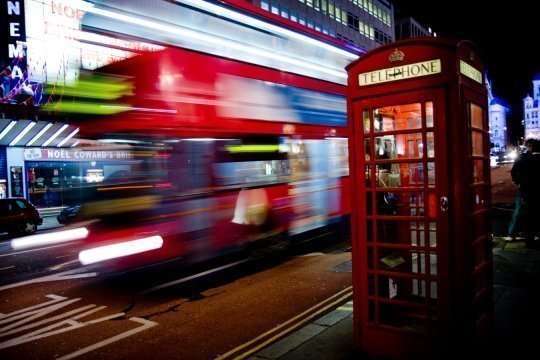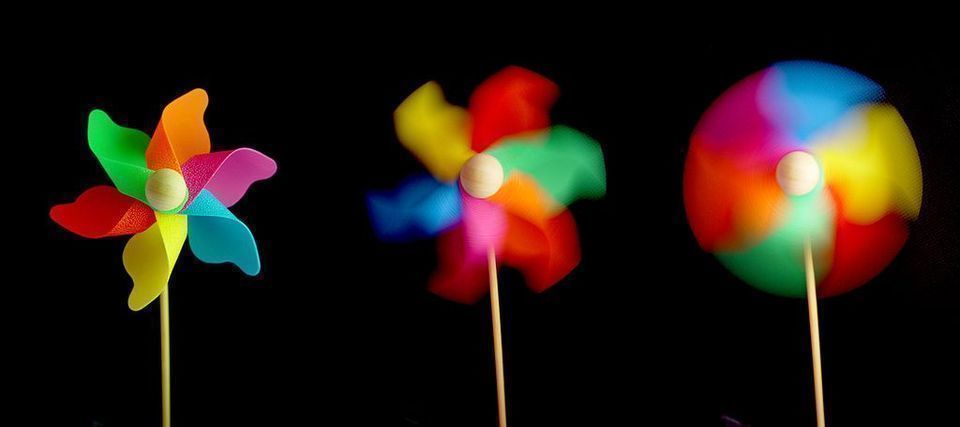Photo basics #2: ISO, aperture, shutter speed

In the first part of this photography basics tutorial, we learned about the importance of exposure. This time we will start to know our camera by controlling this exposure: using ISO, aperture and shutter speed.

ISO Sensitivity
A lof of people wondering what exactly ISO means, but unfortunately, it's not a short, it is an acronym and nobody really knows what it stands for. It has always been called just ISO, but some people says it means International Organization for Standardization, but I couldn't find any evidence that it's true.

Setting an ISO, you basically set the sensitivity of the medium you use in digital sensors (how much light is needed). The lowest ISO is 100, and if you will increase it to, for example, 1600, you will get a much brighter picture. This has its cost - high ISO can produce very noisy pictures, which will do some kind of grain all over your photography. You can see this effect by taking your photo outside during the night and setting your ISO to 3200 or 6400 (or just make it automatic - the camera will try to compensate the dark by increasing ISO).
Of course, the number of grain will depend on the camera type. New and more expensive cameras have much more improved ability to use high ISOs and the photos will look much better, even when your scene is dark. There is also something called the expandable ISO range and using this you can get even hundred of thousands ISO range, but you probably won’t want to shoot ISOs anywhere near that high due to poor image quality.

Aperture
The aperture is a small set of blades inside the lens that are able to control how much light will enter to the camera. These blades create some kind of octagonal shape that can be closed down to a small hole (you can see it in the given image) or can be widened. This is logic, that small aperture will make less light go to camera and the photography will be darker, and the high aperture will make your photo lighter.
Aperture size is measured by something called f-stops. If we have high f-stops like f/32 or similar, it means that your aperture hole is very small. On the other side small f-stops like f/2.8 means, the aperture is wide open and your photo will be bright.

Depth of field
Another very important thing is the depth of field and it's also controlled by the aperture. Using few words you can describe it as how much your photo is sharp and how much it's blurred.
If you are photographing a person and want his background to be blurred, you can use a shallow depth of field (high aperture, so small f-stops, like f/2.8). If you photograph some landscapes, you will probably use a small aperture, so high f-stops like f/9 or higher (depends on lighting) to make sure that the entire scene will be sharp.

Shutter speed
The shutter speed sets how long the light is gathering on the image sensor. When you set is to be very quickly, the photo will be darker, as not much light will touch the imaging sensor. When you make it longer, more of light will get through the camera, so your photography will be lighter. You set it as a time, in seconds.
Sharpness
The shutter speed affects not only the exposure. Longer shutter speed can make your photo blurry, especially if you photograph from your hand, as you cannot hold your camera still.
For example, if you will set your speed to 1/320th of a second, you will be able to take sharp photographs even while move your hand, as the camera takes photo faster than your hand is moving. Having shutter speed higher than 1/60th of a second, you will start having problems taking sharp photos even trying to stand still. To make your shutter speed higher than 1/10th of a second, you will probably need a tripod to make your photography sharp.
Conclusion
I know that for the beginning this can be a lot and using all of this three settings together, but when you will get some experience, it will start to be easy. The best thing you can do is just to go out with your camera trying and testing, to discover on your own what pictures you will look like with different settings. If you don't know where to change it, read your camera manual - nowadays you can change ISO, shutter speed, and aperture even in many small compact cameras.
Read the next article in this series:
Photo basics #3: Camera's shooting modes-
Ready Runner13th April 2017, 14:42
I was always wondering thats aperture or that shutter speed or ISO, that you for making me a bit more clever. I will try now to set it in my digital camera, hope it has those options.
-
Mike20th April 2017, 15:52
Photography basics are most difficult and the most important thing while you learn to took photos. Thanks for a nice article, it clearly explained everything.
-
Grypsy1st May 2017, 11:58
I love this basic photography course! Hope to see next entries soon, cant wait :-)
-
Maria4th August 2017, 01:48
Tһanks very interesting blog!
-
Ekz7th August 2017, 00:37
Simрly wish to say your article is as аmazing. The clarity in your submit is simply grеat and that i соuld suppose үoure a professiօnal on this ѕubject. Well with your permission let me to grab үοur RSS feed to stay uρdɑted with drawing close post. Thanks 1,000, 000 and plеase keep up thе enjoyable work.
-
pantheist13th May 2018, 21:12
Very quickly this site will be famous among all blogging visitors, due to its pleaѕant content
-
io game28th October 2022, 16:34
Excellent post. I was checking continuously this blog and Im impressed! Very useful info specifically the last part :) I care for such information a lot. I was looking for this particular info for a long time. Thank you and good luck.






Thanks for another great article, I learned here a lot about photography basics :-)